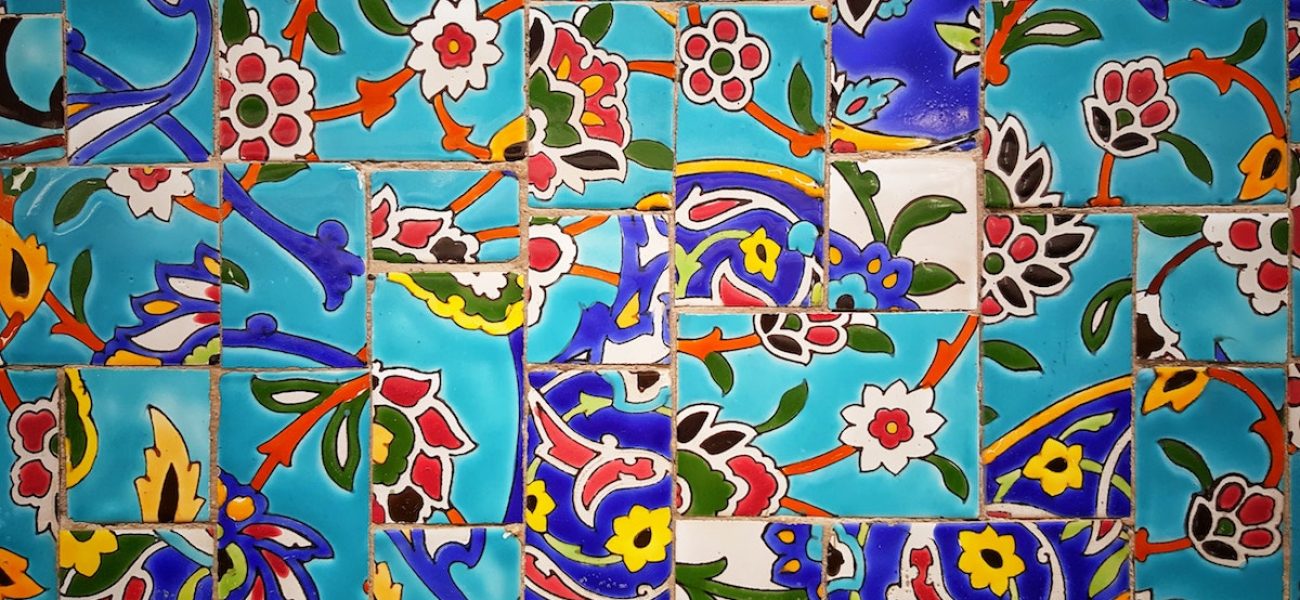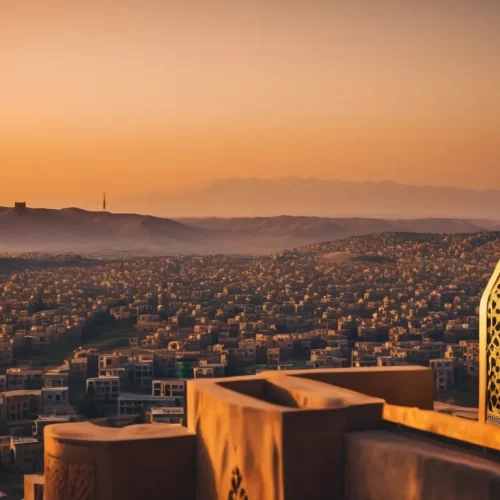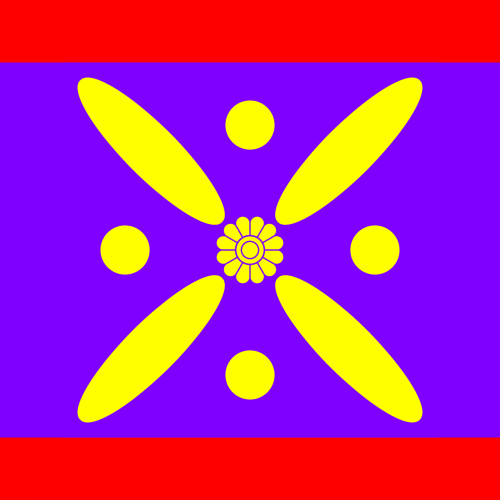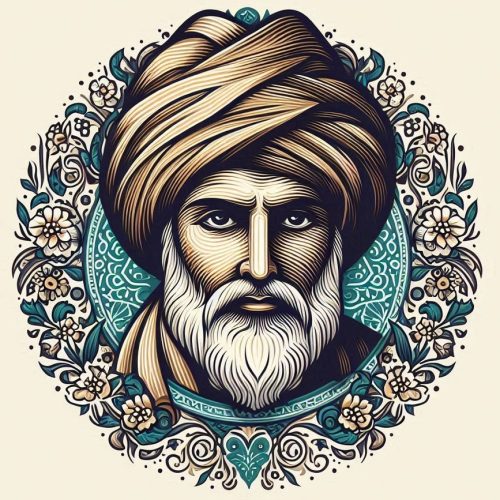Modern Persian poetry stands at the intersection of tradition and innovation, embodying the rich cultural heritage of Iran while reflecting the dynamic social, political, and intellectual currents of the modern era. In this scholarly article, we explore the evolution, themes, and influences of modern Persian poetry, tracing its development from the late 19th century to the present day and examining the ways in which poets have responded to the challenges and opportunities of the modern world.
Historical Context and Evolution
The late 19th and early 20th centuries were a period of profound change and transformation in Iran, as the country grappled with the challenges of modernization, colonialism, and political upheaval. The decline of the Qajar dynasty, the influx of Western ideas and technologies, and the rise of nationalist movements all contributed to a sense of urgency and ferment in Iranian society, leading to the emergence of a new generation of poets who sought to redefine Iranian identity and cultural expression.
The poet who is often credited with laying the foundations of modern Persian poetry is Nima Yushij (1897-1960). Born Ali Esfandiari in the village of Yush, Nima broke away from the ornate and formalistic style of classical Persian poetry, introducing free verse and colloquial language into Persian poetry. His groundbreaking collection “The Hidden Sun” (1931) marked a radical departure from the conventions of traditional Persian poetry, emphasizing simplicity, clarity, and directness of expression. Nima’s poetry spoke to the aspirations and frustrations of ordinary Iranians, capturing the spirit of social change and intellectual ferment that characterized the era.
Following in Nima’s footsteps, a diverse array of poets emerged in the 20th century, each contributing to the evolution of modern Persian poetry in their own unique ways. Forough Farrokhzad (1935-1967), often regarded as one of the most important female poets in Iran’s literary history, challenged societal norms and gender roles through her provocative and intensely personal poetry. Her collection “Another Birth” (1964) explored themes of female sexuality, desire, and agency with a frankness and honesty that was unprecedented in Persian literature.
Ahmad Shamlou (1925-2000), known as the “Poet of Liberty,” used his verse to critique authoritarianism, censorship, and oppression in Iranian society. His poetry, which combined elements of modernism, existentialism, and social realism, resonated with a generation of Iranians who were disillusioned with the failures of the Iranian Revolution and the repressive policies of the Islamic Republic.
Another influential poet of the modern era is Sohrab Sepehri (1928-1980), whose poetry is characterized by its simplicity, spirituality, and deep connection to the natural world. Sepehri’s lyrical verse, which often evokes the landscapes and seasons of Iran, explores themes of transcendence, unity, and the search for meaning in a chaotic and fragmented world.
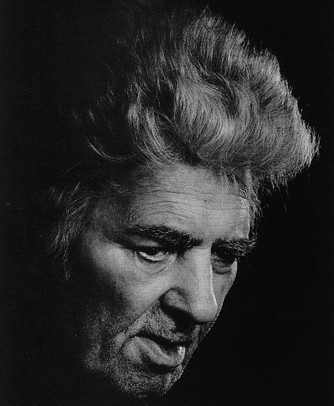
Themes and Motifs
Modern Persian poetry encompasses a wide range of themes and motifs that reflect the complexities of contemporary Iranian society and the human experience more broadly.
Identity and Cultural Heritage
In modern Persian poetry, poets often grapple with questions of identity and cultural heritage in the context of Iran’s complex history and diverse ethnic and religious landscape. Poets explore the tensions between tradition and modernity, the dynamics of cultural assimilation and resistance, and the challenges of preserving cultural identity in the face of globalization and cultural homogenization. Through their poetry, writers reflect on the richness and diversity of Iranian culture, celebrating its ancient traditions, customs, and rituals, while also acknowledging the need for adaptation and innovation in a rapidly changing world.
Social Justice and Human Rights
Many modern Persian poets are deeply engaged with issues of social justice, inequality, and human rights, using their poetry as a platform to advocate for the marginalized, the oppressed, and the voiceless. Poets address topics such as poverty, discrimination, gender inequality, and political repression, shedding light on the struggles of those who are disenfranchised and marginalized in Iranian society. Through their verse, poets challenge existing power structures, critique injustices, and call for a more equitable and inclusive society where all individuals are treated with dignity and respect.
Exile and Displacement
The experience of exile and displacement is a recurring theme in modern Persian poetry, as many Iranian poets have been forced to leave their homeland due to political persecution, war, or economic hardship. Poets explore the themes of nostalgia, loss, and longing for home, grappling with the complexities of identity and belonging in the diaspora. Through their poetry, writers reflect on the challenges of living in exile, the pain of separation from loved ones and familiar landscapes, and the quest for a sense of belonging and community in a foreign land.
Love and Intimacy
Love remains a timeless and universal theme in Persian poetry, as poets continue to explore the intricacies of human relationships, emotions, and desires. In modern Persian poetry, writers delve into the complexities of love and intimacy, addressing topics such as passion, longing, betrayal, and the search for connection and meaning in a fragmented and uncertain world. Poets draw upon both personal experiences and collective myths and symbols to evoke the joys and sorrows of love, celebrating its transformative power and its ability to transcend barriers of time, space, and circumstance.
Nature and Spirituality
The natural world holds a special significance in Persian poetry, serving as a source of inspiration, solace, and spiritual insight. Poets draw upon the imagery of landscapes, seasons, and elements of nature to convey deeper truths about the human condition and the mysteries of existence. In modern Persian poetry, writers explore themes of interconnectedness, harmony, and transcendence, inviting readers to contemplate the beauty and majesty of the natural world and its reflection of the divine. Through their verse, poets celebrate the spiritual dimensions of nature, offering moments of awe, wonder, and contemplation in an increasingly urbanized and technologized world.
The themes and motifs of modern Persian poetry reflect the complexities of contemporary Iranian society and the human experience more broadly. Through their poetry, writers engage with questions of identity, social justice, exile, love, and spirituality, offering readers insights into the joys and sorrows, struggles and triumphs, of life in the modern world. As Iran continues to navigate the challenges of the 21st century, Persian poetry remains a vital means of expression and exploration, offering a window into the hearts and minds of those who seek to make sense of a rapidly changing world.
Socio-Political Context
The socio-political landscape of Iran has been marked by a complex interplay of historical, cultural, and ideological forces, which have deeply influenced the themes, styles, and expressions of modern Persian poetry. From the constitutional revolution of the early 20th century to the Islamic Revolution of 1979 and its aftermath, Iranian poets have navigated a terrain fraught with political upheaval, social change, and cultural tension.
Constitutional Revolution and Modernization
The constitutional revolution of 1905-1911 marked a turning point in Iranian history, as Iranians sought to establish a constitutional monarchy and limit the power of the monarchy in favor of parliamentary rule. The ideals of democracy, constitutionalism, and modernization inspired a new generation of poets to explore themes of social justice, political reform, and national identity in their verse. Poets such as Mohammad-Taqi Bahar (1886-1951) and Malek o’Shoara Bahar (1884-1951) used their poetry to advocate for political change and social progress, galvanizing public opinion and shaping the discourse of the time.
Pahlavi Era and Modernization
The Pahlavi era (1925-1979), under the reign of Reza Shah Pahlavi and his son Mohammad Reza Shah, witnessed rapid modernization and Westernization in Iran, as the country sought to assert its independence and assert its place on the world stage. The Pahlavi regime promoted secularism, nationalism, and modernity, while also imposing authoritarian rule and suppressing dissent. Poets such as Ahmad Shamlou and Forough Farrokhzad emerged as voices of dissent and resistance, challenging the repressive policies of the regime and advocating for greater freedom of expression and human rights.
Islamic Revolution and Cultural Revolution
The Islamic Revolution of 1979 and the establishment of the Islamic Republic ushered in a period of political upheaval, cultural transformation, and ideological conflict in Iran. The revolutionaries, inspired by the ideals of Islamic revivalism and anti-imperialism, sought to create an Islamic state based on the principles of Shi’a Islam and social justice. However, the revolution also led to the suppression of political dissent, the imposition of strict religious laws, and the erosion of civil liberties, including freedom of speech and expression. Poets such as Simin Behbahani and Mehdi Akhavan-Sales used their poetry to critique the excesses of the regime and advocate for greater freedom and democracy in Iran.
Post-Revolutionary Period and Reform Movement
In the aftermath of the Islamic Revolution, Iranian poets continued to grapple with the challenges of political repression, censorship, and social change. The reform movement of the late 1990s and early 2000s, led by President Mohammad Khatami, sought to promote political openness, civil liberties, and dialogue between the state and society. Poets such as Mohammad Reza Shafiei Kadkani and Parvin E’tesami used their poetry to advocate for political reform and social justice, while also critiquing the failures of the reform movement to bring about meaningful change.
Contemporary Challenges and Resistance
In recent years, Iran has faced a new set of challenges, including economic stagnation, environmental degradation, and social unrest. The government’s crackdown on dissent, censorship of the media, and suppression of civil liberties have led to widespread discontent and protests across the country. Poets such as Fatemeh Ekhtesari and Mehdi Mousavi have used their poetry to express solidarity with the protesters and call for political change, often at great personal risk. Despite the challenges they face, Iranian poets continue to resist censorship and repression, using their poetry as a tool of resistance and defiance against authoritarianism and injustice.
The socio-political context of Iran has profoundly shaped the themes, styles, and expressions of modern Persian poetry, as poets navigate the complexities of a society in flux. From the constitutional revolution to the Islamic Revolution and its aftermath, Iranian poets have borne witness to the struggles and triumphs of their nation, offering insights into the hopes, dreams, and aspirations of the Iranian people. As Iran continues to grapple with the challenges of the 21st century, Persian poetry remains a vital means of expression and resistance, providing a voice to those who seek to imagine a more just, humane, and compassionate world.
Influence and Reception
Modern Persian poetry has had a significant influence not only within Iran but also on a global scale, captivating audiences with its depth, beauty, and poignancy. Through translations, literary festivals, and cultural exchanges, Persian poetry has reached readers and enthusiasts around the world, leaving a lasting impression on diverse cultures and literary traditions.
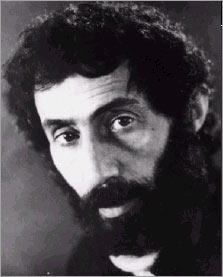
Translation and Dissemination
One of the primary means by which modern Persian poetry has reached a global audience is through translation. Translators have worked tirelessly to render the rich complexities of Persian verse into languages such as English, French, German, and Spanish, making the works of Iranian poets accessible to readers across linguistic and cultural boundaries. Translations of poets such as Forough Farrokhzad, Ahmad Shamlou, and Sohrab Sepehri have garnered critical acclaim and gained recognition in literary circles worldwide, introducing readers to the beauty and power of Persian poetry.
Literary Festivals and Cultural Exchange
Literary festivals and cultural exchange programs have played a vital role in promoting Persian poetry and fostering cross-cultural dialogue and understanding. Events such as the Tehran International Book Fair and the Shiraz International Poetry Festival provide platforms for Iranian poets to showcase their work to an international audience and engage with writers and intellectuals from around the world. Likewise, literary festivals in other countries often feature panels, readings, and discussions on Persian poetry, allowing audiences to gain insights into the rich literary tradition of Iran and its relevance to contemporary global issues.
Academic Study and Scholarship
Modern Persian poetry has also been the subject of academic study and scholarship in universities and academic institutions worldwide. Scholars and researchers have analyzed the themes, styles, and influences of Persian poetry, exploring its historical, cultural, and socio-political context and its significance within the broader framework of world literature. Academic conferences, seminars, and publications on Persian poetry contribute to a deeper understanding of its artistic achievements and its enduring relevance to contemporary literary discourse.
Cultural Diplomacy and Soft Power
Persian poetry serves as a powerful tool for cultural diplomacy and soft power, enhancing Iran’s cultural influence and global reputation. The Iranian government has actively promoted Persian literature and poetry as a means of projecting its cultural heritage and values onto the world stage. Initiatives such as the Translation and Publication Grant for Persian Literature and the Iran Book Week aim to support the translation and dissemination of Persian literature abroad, fostering cultural exchange and dialogue between Iran and other countries.
Digital Media and Online Platforms
The advent of digital media and online platforms has revolutionized the way Persian poetry is disseminated and consumed, allowing poets to reach a global audience with greater ease and immediacy. Social media platforms such as Instagram, Twitter, and YouTube have become popular channels for Iranian poets to share their work, connect with readers, and engage in literary discourse. Online literary journals, blogs, and forums provide spaces for poets and enthusiasts to publish and discuss Persian poetry, creating virtual communities that transcend geographical and linguistic barriers.
The influence and reception of modern Persian poetry extend far beyond the borders of Iran, reaching readers and enthusiasts around the world through translation, literary festivals, academic study, cultural diplomacy, and digital media. Through its beauty, depth, and universality, Persian poetry continues to captivate hearts and minds, offering a window into the rich cultural heritage of Iran and its enduring contributions to the world of literature and the arts.
Modern Persian poetry occupies a central place in the cultural and intellectual life of Iran and the wider Persian-speaking world, serving as a mirror reflecting the hopes, aspirations, and struggles of contemporary Iranian society. From its origins in the late 19th century to its vibrant and diverse manifestations in the present day, Persian poetry continues to inspire, challenge, and illuminate the human experience with its beauty, creativity, and enduring relevance. As Iran grapples with the complexities of modernity and globalization, Persian poetry remains a vital means of expression and resistance, offering a voice to those who seek to imagine a more just, humane, and compassionate world.

